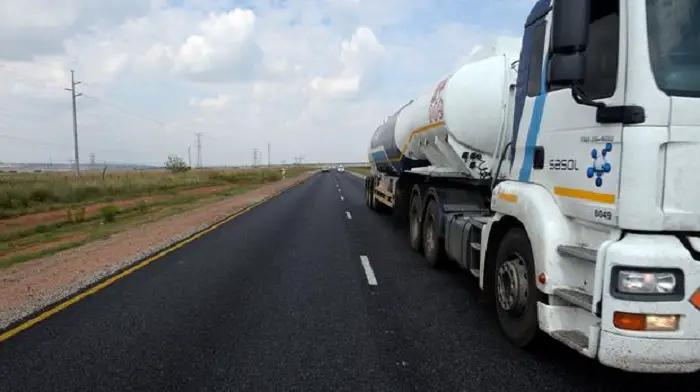The Gauteng Member of Executive Council (MEC) for Roads and Transport in South Africa, Ismail Vadi has launched the Bronkhorstspruit road project. The US $7.5m D670 rehabilitated road project has been completed and launched ahead of schedule between Bronkhorstspruit and Ekangala, east of Tshwane.
The 19km road project is completed eight months ahead of schedule. D670 Road is located north of Bronkhorstspruit towards the R513 intersection and forms part of the northern corridor.
The newly rehabilitated road will not only ensure effective and continuous operations of the coal power station but also provide safer conditions for daily commuters traveling to work, especially commuters of Ekangala residents working in Bronkhorstspruit, Cullinan, Rayton, Bapsfontein and Delmas.
The completion of the project ahead of schedule has demonstrated the department’s commitment to adhering to the set timetables and allocated budgets.
On operation, the road will carries heavy traffic volumes, such as coal trucks running between various mines and power stations.
Also read: Upgraded Cedar Road in South Africa officially opened
Economy growth
Additionally, the road will as well play a role in stimulating local economic participation and growth. The road will however, improve traffic capacity, particularly the coal haulers traveling from Ekangala towards the N4.
Project’s objectives
